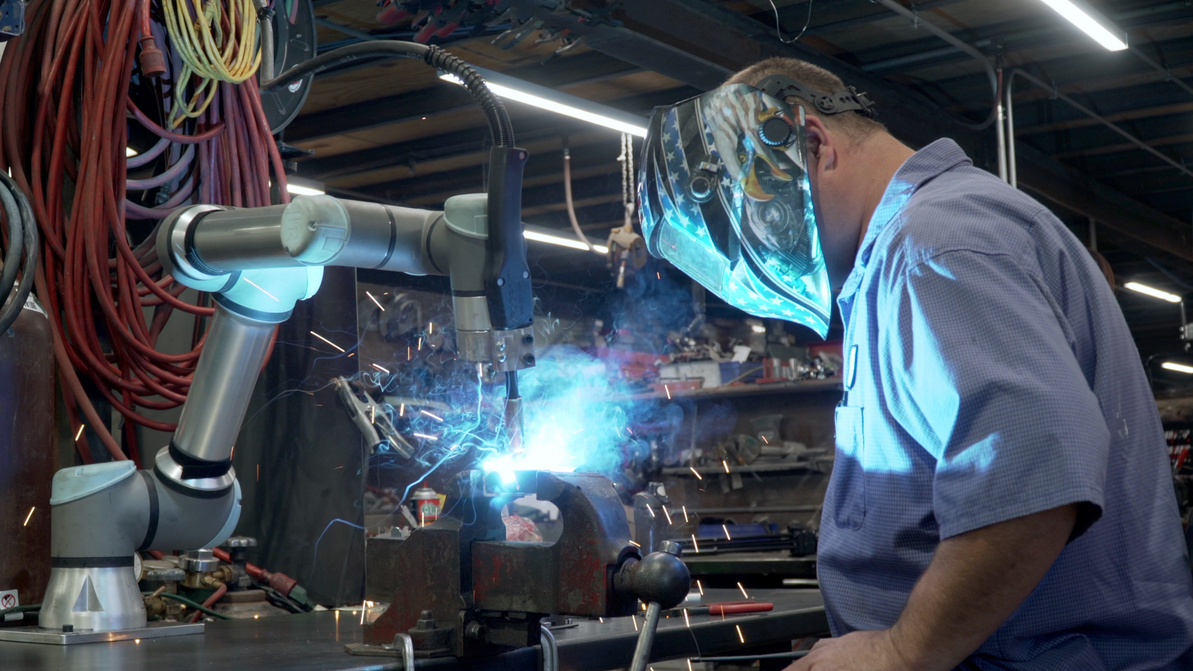Material Handling for Warehouse Efficiency
Proper material handling makes it possible to maximize productivity, boost staff morale, improve workplace safety, and protect firm revenue and reputation. Handling includes all of the many procedures for managing materials and products in your warehouse, from stocking and monitoring inventory to producing and distributing finished goods.
Without competent material handling, there is a higher chance of low-quality products, production mistakes, delayed distribution, and customer discontent. However, firms are able to enhance and monitor product quality by putting in place a system that addresses important components. Quality material handling has improved the productivity and output of their warehouses, manufacturing facilities, distribution centers, as well as how well they manage staff well-being and productivity.
In order to remain competitive in the warehouse sector, operations and logistics efficiency must be improved. Automation and the deployment of cutting-edge technology on the warehouse floor are undoubtedly two major trends that have begun to shape the warehouse of the future. Demand for technologically advanced material handling equipment is growing as it helps to efficiently and safely package and move items. According to Interact Analysis, despite the warehouse industry's strong reliance on human labor (and its continued reliance), material handling robots will eventually enter the market and lessen the demand for employees.
Automation can be used by warehouses to increase operational effectiveness and save expenses. These could be lightweight material handling equipment, robotics, intelligent devices, automated guided vehicles, etc. A warehouse facility should be aware of the various types of material handling equipment and develop a strategy for choosing and utilizing the best one to improve operations. The best system for reducing costs is one that aligns inputs and outputs. Take into account these ways that material handling equipment might affect the effectiveness of a warehouse.
- Labor costs: Some material handling tasks, like picking, require a lot of effort and are expensive. Managers of warehouses can do these tasks utilizing collaborative robots.
- Cost of floor space: By storing product vertically and utilizing the height of the facility, equipment like forklifts may make the most of your available floor space.
- Picking costs: Batch picking is made easier by automation, which also enables facilities to process group orders containing similar items. This is a great replacement for people, who can only do one order at a time.
- Absences and injuries at work: Equipment for material handling improves safety and lowers workplace accidents. Machines can also operate nonstop for extended periods of time with no breaks or rest days.
Areas for Improvement
Manual Material Handling
Workers manually convey the items and materials from a warehouse or other storage facility to a transportation vehicle in this type of material handling activity. At the workplace, this technique presents significant safety risks. In the manufacturing sector, it's one of the most often cited causes of musculoskeletal injuries and disorders.
Automated Material Handling
This technique uses automatic equipment to move materials around a warehouse. It aids in reducing manual movements, which results in less worker participation. It entails a minimum likelihood of physical problems and health dangers for workers. However, the majority of automatic machines that are used to transport objects fall under the semi-automatic material handling category, which requires personnel to load and unload the supplies or machinery.
The majority of warehouses still find fully automated material handling equipment to be rather expensive, especially for smaller manufacturing firms. Although a warehouse of any size has many moving elements, a warehouse control software can assist prevent bad material handling, which could have far-reaching effects. It will also have an effect on the production flow.
It is a known fact that a disorganized and ineffective facility leads to mistakes, delays, and health problems, stealing customer loyalty and providing your rivals a chance to steal your clients. Equipment for material handling comes in many different varieties. In addition to silos, bucket elevators, and conveyors, these also include industrial trucks, forklifts, stacking apparatus, storage racks, and shelves. The ideal use of space, accessibility, streamlining of corporate operations, and creation of a safer, more pleasant working environment will all be ensured by having the appropriate equipment in the appropriate location.
The productivity of warehouses is also impacted by the technology's ongoing improvements to material handling equipment's performance, design, and usefulness. Technology in warehouses will enable employees to keep a precise and real-time digital inventory. Smart warehouses, where automation is smoothly incorporated into all warehousing activities, will be a thing of the future. Contact us today to discuss improvements that can be made in your warehouse to optimize operational effectiveness.
Sources: https://callipm.com/blog/how-material-handling-can-maximize-warehouse-productivity/; https://www.plantengineering.com/articles/five-ways-material-handling-equipment-impacts-warehouse-efficiency/?utm_medium=email&utm_source=sharpspring&sslid=MzM1NbI0MjYzMDcwBwA&sseid=MzIxszQxMzEwMwcA&jobid=6fa747e7-99a6-4f66-ba91-22b00050cc6d; https://mwi.solutions/increase-your-warehouse-productivity-through-material-handling/
Recent Posts
-
Using Scan Tunnels to Track, Sort and Route Warehouse Packages
If you’re using conveyor lines to move products, packages and shipments through your warehouse, the …Apr 17th 2024 -
Embracing Collaboration: How Universal Robots Transformed DeAngelo Marine Exhaust
When the welding robots made their debut at DeAngelo Marine Exhaust, there was a mix of excitem …Apr 11th 2024 -
How to Speed Up Your Warehouse Packing by 33% with Machine Vision
Packing benches are some of the busiest areas of most warehouses, with thousands of items to pack i …Apr 4th 2024




